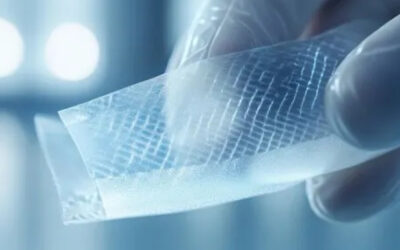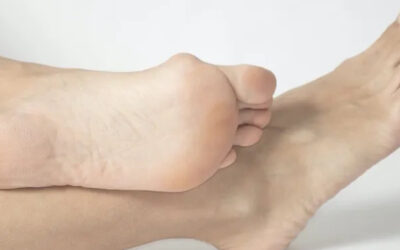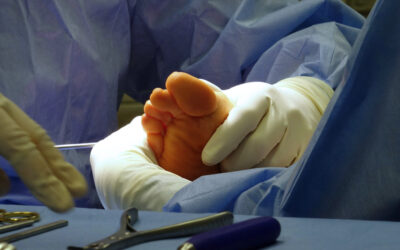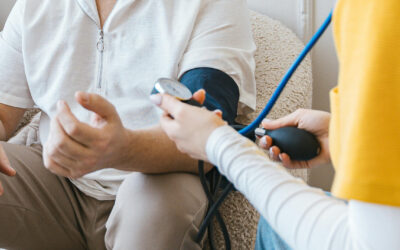Peripheral Artery Disease (P.A.D.) is a common yet often overlooked condition that affects millions of people worldwide. It occurs when the arteries that supply blood to the limbs become narrowed or blocked, usually due to atherosclerosis. Early detection of P.A.D. is crucial in preventing severe complications, such as heart attacks, strokes, and limb amputations. At Capital Foot Care, our expert team, including Dr. Muhammad A. Khalid, Dr. Fritz-Andre Duterlein, and Dr. Herman Zarate, is dedicated to providing comprehensive care to diagnose and manage P.A.D. effectively. Recognizing the early signs of P.A.D. can make a significant difference in your vascular health.
Understanding Peripheral Artery Disease
Peripheral Artery Disease primarily affects the legs, where narrowed arteries reduce blood flow, causing a range of symptoms. Early detection and management are vital to preventing the progression of the disease and ensuring better health outcomes.

Early Signs to Watch For
Identifying the early signs of P.A.D. can help you seek timely medical intervention. Here are some key symptoms to watch for:
Leg Pain While Walking (Claudication): Claudication is the most common symptom of P.A.D. It is characterized by muscle pain or cramping in the legs or arms that begins during physical activity and ends with rest. This pain typically occurs in the calf muscles and can vary in severity.
Numbness or Weakness: Reduced blood flow to the limbs can cause numbness or weakness in the legs. This symptom may worsen with activity and improve with rest.

Coldness in Lower Legs or Feet: A noticeable temperature difference between one leg and the other can indicate poor circulation. If one leg or foot feels significantly colder than the other, it may be a sign of P.A.D.
Sores That Won’t Heal: Ulcers or sores on the feet or legs that heal slowly or not at all are a major warning sign. Poor blood circulation can prevent wounds from healing properly, leading to infections and complications.
Change in Skin Color or Texture: Shiny skin, a bluish tint, or hair loss on the legs and feet can be indicators of P.A.D. These changes occur because the tissues are not receiving adequate blood flow.
Weak or Absent Pulse in the Legs or Feet: A weak or absent pulse in the extremities can indicate blocked arteries. This can be checked during a physical examination by a healthcare professional.
Importance of Early Detection
Early detection and treatment of P.A.D. are essential to prevent serious complications. If you notice any of these symptoms, it is crucial to seek medical attention promptly. At Capital Foot Care, our skilled podiatrists use advanced diagnostic tools to assess and manage P.A.D. effectively.

Our Comprehensive Care Approach
At Capital Foot Care, we offer a range of services to diagnose and treat P.A.D. Our approach includes:
- Comprehensive Vascular Assessments: Using state-of-the-art diagnostic tools to evaluate blood flow and identify blockages.
- Personalized Treatment Plans: Tailoring treatments to each patient’s needs, including lifestyle modifications, medications, and, if necessary, surgical interventions.
- Patient Education: Providing information on managing symptoms and preventing disease progression.
Visit Capital Foot Care
Don’t ignore the early signs of Peripheral Artery Disease. Early intervention can significantly improve your quality of life and prevent severe complications. Visit Capital Foot Care at one of our convenient locations:
- Riverdale, MD: 6510 Kenilworth Ave. Suite 2300
- Takoma Park, MD: 7610 Carroll Ave. Suite 380
- Largo, MD: 8816 Jericho City Drive
- Washington, D.C.: 2041 Martin Luther King Jr Ave SE, Suite 103
- Washington, D.C.: 1328 Southern Ave SE, Suite 209

For more information or to schedule an appointment, call us at 301-927-FOOT (3668) or email [email protected]. Trust the expertise of Dr. Khalid, Dr. Duterlein, and Dr. Zarate at Capital Foot Care to help you manage Peripheral Artery Disease effectively.
By being aware of the early signs of P.A.D. and seeking timely medical care, you can take proactive steps towards maintaining your vascular health and overall well-being.










